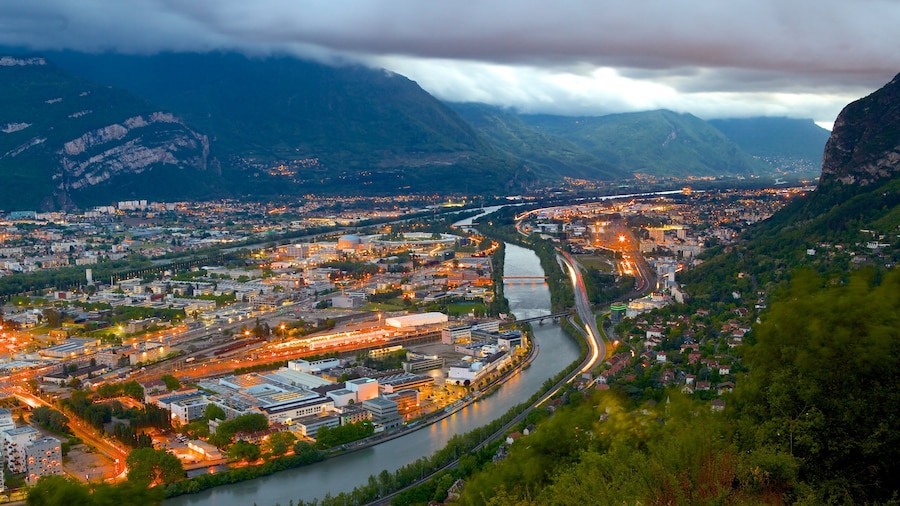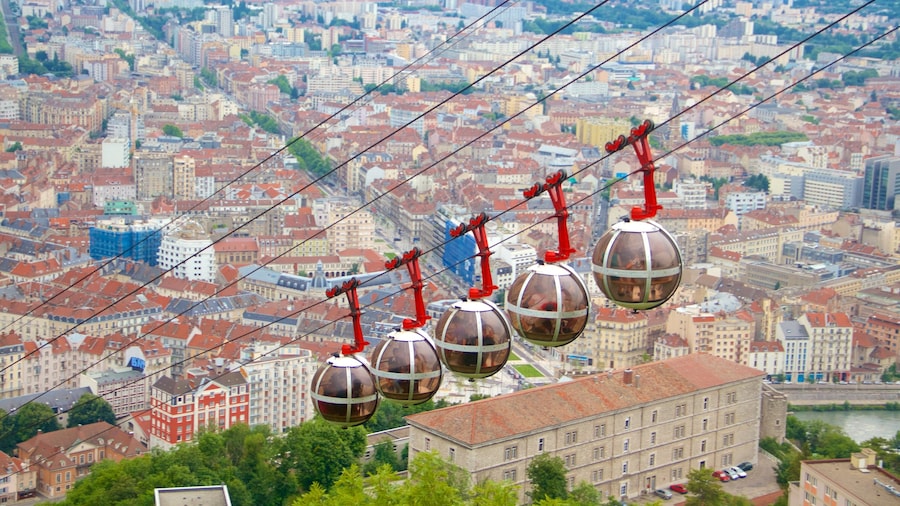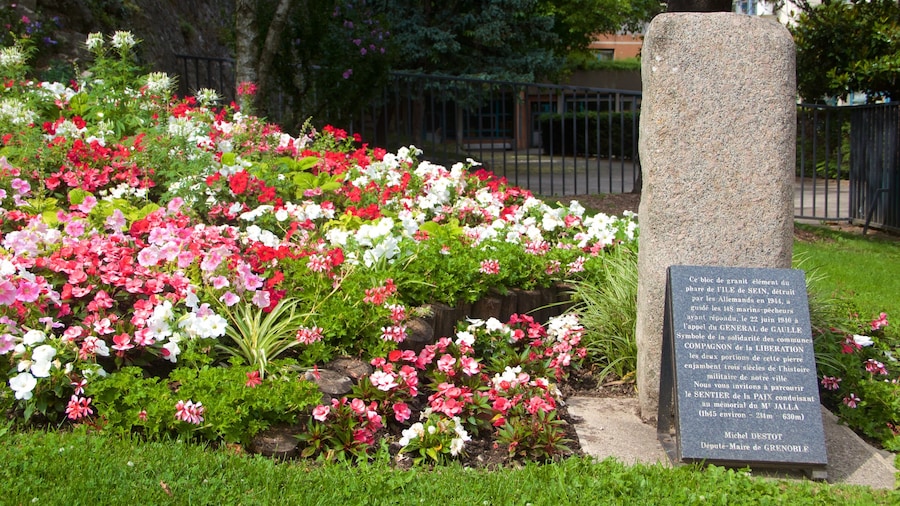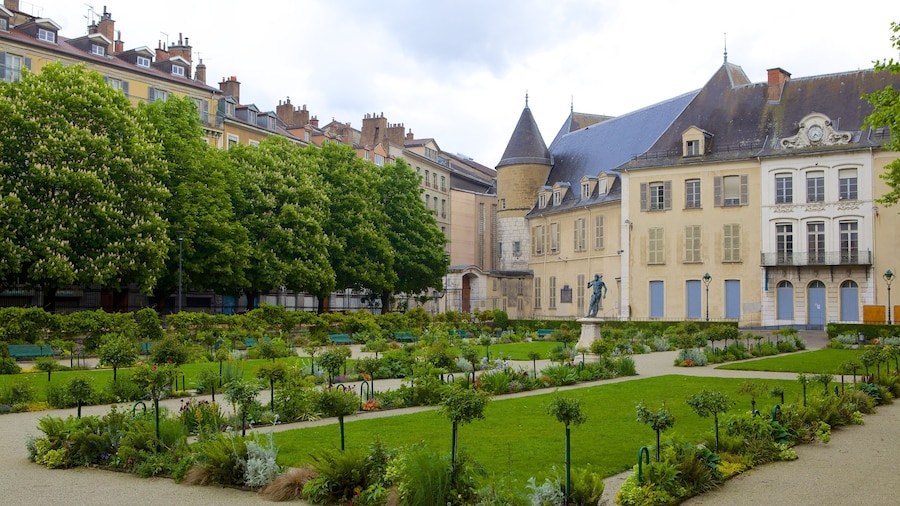Fort de la Bastille is a well-preserved fortress known for its dramatic views and for the significant role it has played in Grenoble’s history over more than 2,000 years. Enjoy the famous cable car ride taken to reach this hillside fort. As the center of Grenoble’s military and political action for hundreds of years, the fort itself also has attractions to discover.
The fort was constructed during the 19th century, but human use of this strategic hillside location dates back as far as 43 B.C. Inspect the current fort’s wall-mounted turrets to see that one is actually a remnant from an earlier fortification built in the 16th century. The fort standing on the hillside today was constructed in order to protect the city against an attack led by the dukes of Savoy.
Follow the lengthy paths that lead to the top of the fortress, where you’ll find a dungeon bordered by two fortified arms. Along the way, explore ancient ramparts, blockhouses, strongholds and gunfire seats. Take time to enjoy the view of the surrounding Chartreuse Mountains and the Isère River below. Grenoble is actually one of the flattest towns in France, causing it to contrast dramatically against the neighboring mountain peaks.
Bring a flashlight and make your way down into the eerie Mandarin Caves. Located near the entrance to the fort, these underground passageways demonstrate the full scale of the fort’s extensive defensive system.
Head to the Museum of Mountain Troops, which is located a short walk away from Fort de la Bastille. This excellent collection focuses on the history of Grenoble’s mountain troops, exploring their origins and evolution over the years. Pick up an English, French or Italian audio guide. A tour of this museum is a natural addition to a day spent exploring the fort, providing historical context for its various attractions.
Ride the popular Grenoble-Bastille cable car to reach Fort de la Bastille or access the fort by simply hiking up the hillside. Follow the well-marked route, which takes about an hour to walk, beginning near Archaeological Museum Grenoble Saint-Laurent on the northern bank of the Isère River.






















